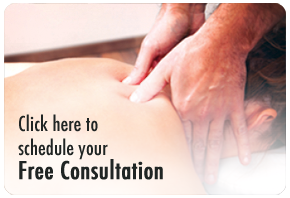Cleaning drains: Pour 1/2 cup baking soda in the drain, followed by 1/2 cup vinegar; the mixture will foam as it cleans and deodorizes. Use every few weeks to keep drains clean.
Mildew on plastic shower curtains: Put the shower curtain in the washing machine with light-colored towels; add 1 cup white vinegar to the detergent and wash.
Soap scum on shower: Spray on vinegar, scrub and rinse.
Toilet hard-water rings: Shut off water at the tank and flush to remove as much water as possible. Spray vinegar on the ring, sprinkle in borax and scrub with drywall sandpaper.
Shower head deposits: Pour white vinegar into a plastic bag, tape to the shower head and leave overnight. Brush the shower head to remove remaining deposits.
Softening laundry: Fill dispenser with 1/4 cup white vinegar to soften laundry without leaving odors.
Cleaning vinyl floors: Add 1/4 cup vinegar to 1 gallon hot water for spotless floors.
Cleaning windows: Mix 50 percent white vinegar with 50 percent water in a spray bottle. Spray glass surfaces and wipe dry.
Neutralize pet odors: Mix 1 part white vinegar to 3 parts water. Pour on stained areas and blot; never rub to remove stains and odors.
Greasy dishes: Mix 2 tablespoons white vinegar to liquid dish soap to boost its cleaning power.
If you have any other ways you use vinegar, please let us know in the comments section! The more the better!
Dr. Jeffrey Manning, DC
Manning Wellness Clinic
2702 McKinney Avenue, suite 202
Dallas, TX 75204
214-720-2225




